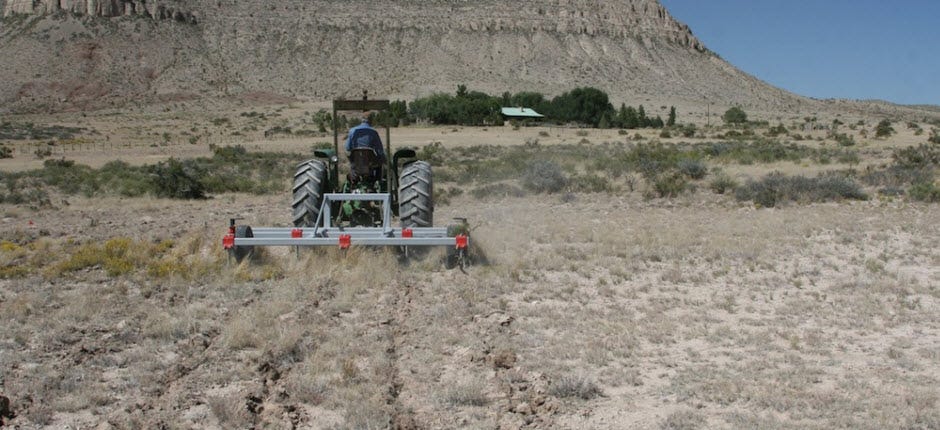Restoring Biodiversity - 10/24/2023
Texas is tsting a new Feral Hog poison. Unhunted bear populations are killing people. How artists have reflected and influenced our views of wolves. And more.
Thank you for subscribing to the Pitchstone Waters weekly newsletter.
Here is what we’ve been reading, watching and writing about this week…
Articles

Texas Testing New Feral Hog Poison in Race to Control Invasive Species
The widespread use of animal poisons for wildlife “management” goes back to at least 1835 with the invention of strychnine. For about 180 years now wolves, coyotes, foxes, badgers, cougar, bear, bobcats, skunks, prairie dogs, birds, insects, fish, and plants to name a few have been increasingly subjected to these poisons. As reported below, free ranging pigs are now going to be added to the list. The results are always the same—massive unintended damage to wildlife and ecosystems including by-kill of other birds, fish, animals, plants, and soil life.
For millennia humans have raised pigs to roam and forage at large. Always, and historically in Texas and throughout the South, these were seasonally gathered for slaughter. 40-years ago trapped wild pigs could be sold straight into the slaughter line at any abattoir. Starting about four decades ago the big hog producers got the agencies to make it illegal to do this, even though free-ranging pigs are less subject to disease, and are more wholesome, than pork raised in Big Pork’s inhumane, filthy, epidemic-ridden, and environmentally disastrous pig factories. The so-called feral pig “problem” developed from that point.
Poisoning pigs, with whatever poison – let alone Warfarin which was developed for rats – , makes as much sense as poisoning free-range cattle, leaving them to rot, and in the process making the survivors unsafe to eat. The solution is obvious: like free-range cows, put these domestic animals back in the human food chain. There will be immediate benefits to the environment, the economics of landowners, and the public which will have a nutritious, delicious, and inexpensive source of pork.
Big Pork — the coalition of factory pork producers, universities, agencies, and legislatures — have gone “whole-hog” to block this common sense by hiding behind regulations which are as hard to understand as rocket science. Originally intended to help small farmers and ranchers, today these regulations safeguard Big Pork’s monopoly markets, financial interests and turf by restricting competition at the expense of the public, landowners, small producers, and small abattoirs. What irony that America’s largest pork producer, Smithfield, is controlled by the Chinese Communists.
Follow the money: It leads to the real pig “problem”.

Grizzly Bear Attack in Canada’s Banff National Park Leaves Two Dead
Once again, unhunted bear populations – with no fear of humans – are killing people.
This is what happens when environmental/wildlife decisions disregard people, their lives, and livelihoods.
Videos

Bisoncast: Hand and Paw
Wolves: there may be no other wild animal that inspires such a complex range of human emotions. In this visit to the National Museum of Wildlife Art in Jackson Hole Wyoming, we’ll explore how perceptions of these predators vary among different peoples and cultures, and how artists have reflected and influenced our views of these wild canines.

Cows and Keyline: Revisiting A Key Concept
In a key post from 2014 – we highlighted our work with Cows and Keyline plow.
—
And that’s it - as always thank you..
if you haven’t already - please check out our views on biodiversity at https://pitchstonewaters.com/blog/
Please pass along, and if you if you received this from a friend - consider subscribing below.
